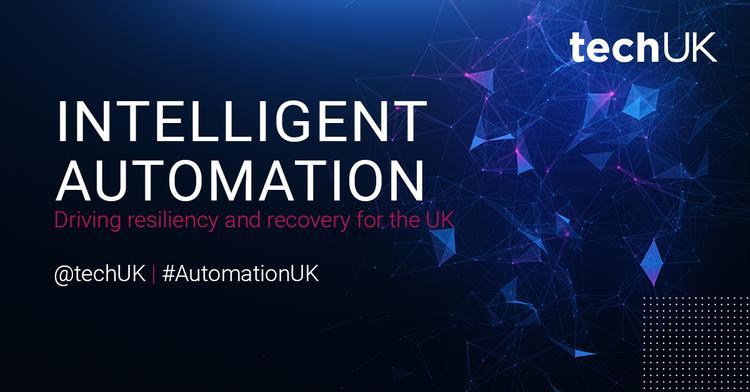Effectiveness through user centric Intelligent Automation

Let’s start with a question, assuming we know what intelligent automation is. What is the purpose of intelligent automation? Why should we adopt it in our organisations? It seems like a simple question, but depending on who you talk to, you’ll get a different answer. I propose, so that we are on the same page, that that goal of intelligent automation is to allow organisations to “reduce risk, ensure compliance, and increase effectiveness by being productive and efficient” through the use of technology. We don’t have the time, word count, and it’s not really the purpose for this blog to unpack the differences between effectiveness, productivity or efficiency but here are two quotes that sum it up:
Productivity is not first about getting more things done faster. It’s about getting the right things done
Nothing is less productive than to make more efficient what should not be done at all
So if this is the purpose of intelligent automation, what are the foundations we should have in order for successful adoption and ensuring success? To do this, let’s look at why so many technologies projects do not succeed:
- We had no overall organisational strategy
- We had no strong governance program
- We didn’t understand the RoI or the success criteria before we started
- We didn’t bring in or train up the correct skillsets to implement
- We picked the wrong use case to see quick value
- We failed to implement change management
This is really where our topic for today starts – apologies for the long lead in! In all of our talk about digital process automation / business process management, artificial intelligence and robotic process automation, those core foundational pillars of Intelligent Automation we so often forget about the human aspects. All these reasons for failure mentioned above, at least at some level, are down to non-technology issues. They tend to be people issues, the badly applied use of technology, or organisation misunderstanding and alignment. It critical to note how central people are to transformation and change.
So, how do we enable the success of intelligent automation in an organisation and ensure that the desired adoption is good, that we solve the right problems, and that we have a holistic approach in doing so? By putting people at the centre.
To expand on this let’s take examples from User Centric and Service Design principles with a smattering of agile methodologies:
- We need to create intelligent automation solutions through the user’s eyes to understand the aspects of their roles via different methodologies and tooling such as user story mapping, prototyping, interviews, shadowing, workshops, personas, journey maps etc.
- We should involve as many relevant people with as diverse a view as possible in each stage of the process to solicit all the hidden aspects of an end-to-end process as we need to bring a holistic view of how a process is currently, and most importantly the to-be state. Talking with one person in one department will not do, we need more input.
- Once you have the end-to-end process we need to break it down into its component parts allowing us to see a simplified view for day to day task that the stakeholder is doing but also an birds eye view of how it impacts the organisation
- We need to take people on a journey allowing them to visualize what this intelligent automation solution means for them. Get people on board. Prototype, create an MVP, mock-up some designs and get buy in early and show value often.
- Pick the right technologies for the right purposes. Because you are a hammer, do not see every problem as a nail. The right technology choice is key.
- Digital Process Automation for process orchestration and user forms
- Robotic Process Automation to automate manual tasks
- Artificial Intelligence to provide data analysis and insights layered on top of DPA and RPA
The technology your organisation selects must support this strategy. But more that even that, at all stages we need to continually question how this going to impact the people we serve – both employees and customer. And by doing so, how are helping our organisation to “reduce risk, ensure compliance, and increase effectiveness by being productive and efficient”.
You can read all insights from techUK's Intelligent Automation Week here

Laura Foster
Laura is techUK’s Associate Director for Technology and Innovation.








